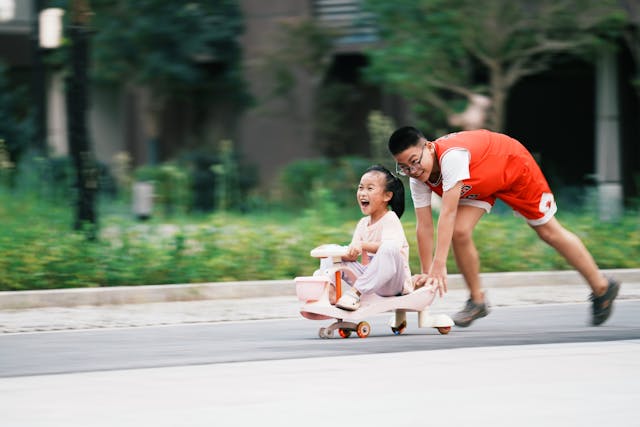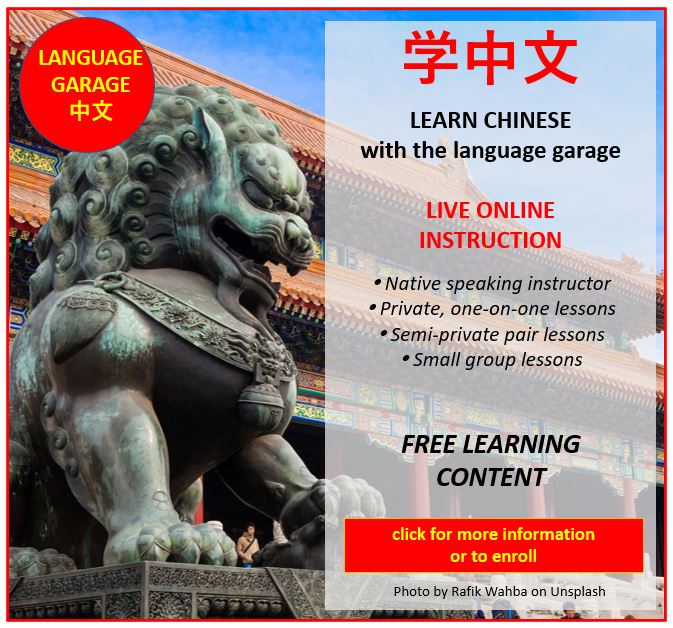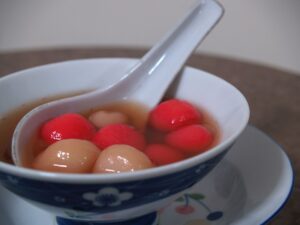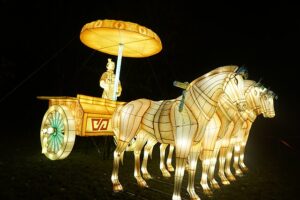Celebrating Children’s Day in China: A Joyful Holiday for the Nation’s Youngest
Children’s Day in China, known as 六一儿童节 Liù Yī Értóng Jié (June 1st Children’s Day), is a beloved national holiday. It celebrates the happiness, health, and rights of children. The holiday fall on June 1st every year. It is a day of performances, fun activities, gifts, and a deep cultural commitment to childhood well-being.
Origins and History of Children’s Day in China
Children’s Day has its roots in an international movement to protect children’s rights. In 1925, the World Conference on the Welfare of Children in Geneva proclaimed June 1st as International Children’s Day. The Chinese government designated June 1st as Children’s Day in 1950, one year after the founding of the people’s republic. The day was meant to promote the ideals of peace, equality, and the protection of children’s lives after the trauma of war.
Today’s Celebrations of Children’s Day in China
Modern celebrations of 儿童节 Értóng Jié are colorful and joyful. They focus on entertainment and appreciation for children. Schools often play a central role in organizing 文艺表演 wényì biǎoyǎn (cultural performances). In these, children may sing songs, dance, and act in plays. These events may include 合唱 héchàng (choral singing) or 舞蹈 wǔdǎo (dancing). They may also feature talent shows that allow kids to showcase their hobbies and creativity.
Many primary schools suspend regular classes on June 1st. Instead, they host a day of 游戏 yóuxì (games), such as 拔河 báhé (tug-of-war), 跳麻袋 tiào mádài (sack races), and 套圈 tàoquān (ring toss). Carnival-like activities, complete with 气球 qìqiú (balloons) and 小礼物 xiǎo lǐwù (small gifts) help create a festive atmosphere. Children might receive toys, books, or sweets from their parents, teachers, or local government organizations.
In larger cities, cultural centers, amusement parks, and museums often offer 免费入场 miǎnfèi rùchǎng (free admission) to kids. They may also host special events just for children. Some families take the opportunity to spend time together, going out for a special meal or visiting the zoo or cinema.
Foods and Treats
While there is no specific traditional dish tied exclusively to Children’s Day, treats like 糖果 tángguǒ (candy), 冰淇淋 bīngqílín (ice cream), and 蛋糕 dàngāo (cake) are common. In recent years, some bakeries have created themed cakes with cartoon characters and bright colors for 儿童节专属蛋糕 Értóng Jié zhuānshǔ dàngāo (Children’s Day-exclusive cakes).
Parents might also cook the child’s favorite food at home as a treat. Or, they may go out for a meal where the child can choose the menu – a fun way to make them feel honored and celebrated.
Cultural Significance
Children’s Day in China is more than a celebration—it reflects China’s cultural value of 重视孩子zhòngshì háizi, (valuing children). In Chinese society, the metaphor 祖国的花朵 zǔguó de huāduǒ (the flowers of the motherland) is a poetic expression of children’s role as the future of the country.
The day also serves as a reminder of 儿童权利 értóng quánlì (children’s rights), such as the right to education, health care, and a safe upbringing. Various public service campaigns on this day highlight child welfare issues and advocate for vulnerable children, including those in rural or impoverished areas.
儿童节快乐!Értóng Jié kuàilè! Happy Children’s Day!
Get on the road to speaking Chinese with the Language Garage!
We hope you’ve enjoyed learning about Children’s Day in China. If you’d like to learn more:
- Follow us on Facebook, LinkedIn, BlueSky, Twitter, Threads, Mastodon, Instagram, or Pinterest. We publish lots of Chinese vocabulary, grammar, and culture notes, so it’s a great way to pick up some new vocabulary and practice.
- Check out our other posts on Chinese language, culture, and more.
- Enroll in affordable, flexible, and personalized private online Chinese lessons or sign up for a small group online Chinese class.
- Create a free Language Garage account to access tons of Chinese vocabulary, grammar, and culture.






